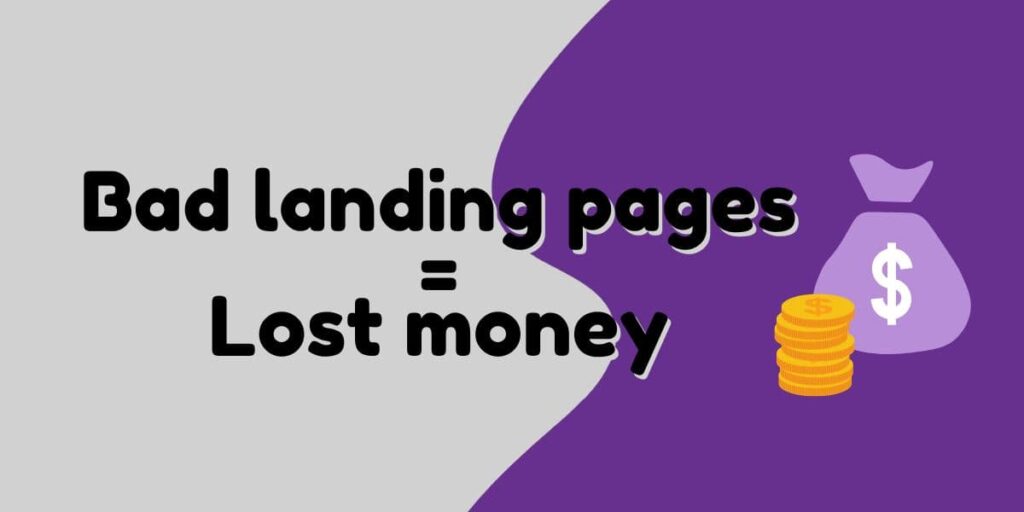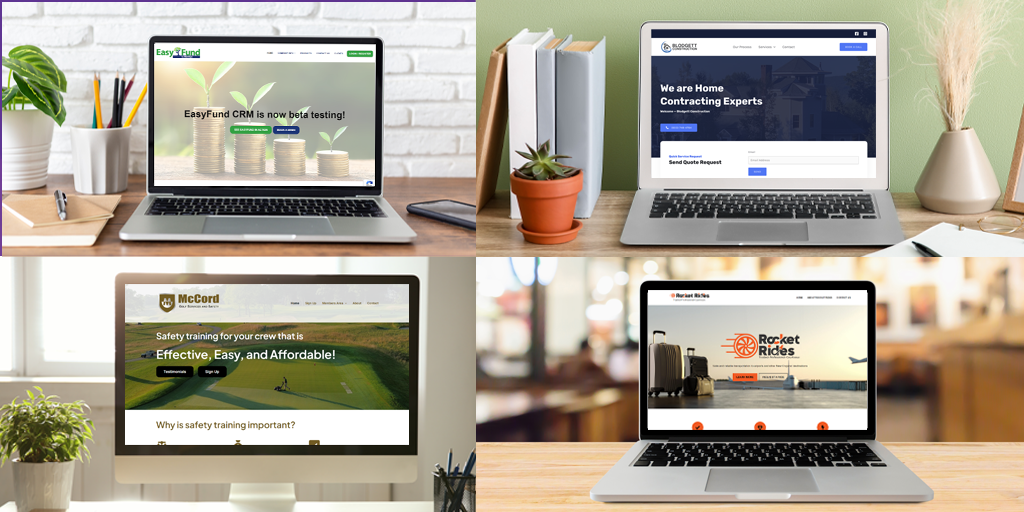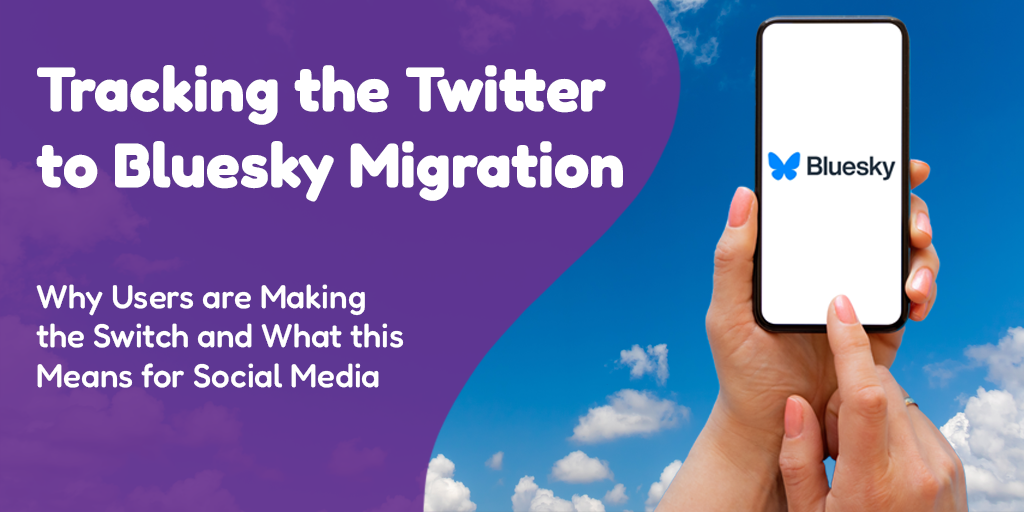 Posted by Logan Snyder on June 10th, 2022
Posted by Logan Snyder on June 10th, 2022When small businesses first start dipping their toes into the waters of Google Ads, they often think “I’ll just send the traffic to my home page and let people figure it out from there.” And this works… sort of. Yes, people see the ads and click and view the website, and they may even convert. However, those ads are probably costing a lot more money than they need to.
What determines the cost of a click?
When we’re running ads, there are two things that determine how much a click costs you (I’m simplifying a lot here, but bear with me): Competition, and Quality Score. Competition because this is an auction, and other people are bidding—we have no real control over other people’s bids, so we just bid what we can/are willing to pay and this shakes out how it will.
Quality score, on the other hand, is based on a collection of interactions: the search term, the keyword we bid on, the ad copy, and the landing page itself. As the advertising manager, I can control the relationships between search term, bid keyword, and ad copy at my end in the ads interface, but the landing pages are limited to what pages are available on the website. If I want to create or modify them, I need permission, buy-in, and access to make changes to the site pages themselves.
How do I get a good Quality Score?
The best Quality Scores, and therefore the lowest pricing per ad click, will happen when the landing page is specific, high quality, and closely matched to the advertising elements. In practical terms, this means that having all of your traffic landing on a single page that has all of your services on it, or a general ‘Home’, is actually probably costing you money. Creating individual pages for specific services, with strong calls to action and a clear path forward (to contacting the business, making a purchase, etc) will allow those pages to be more specific, more well-tuned to their topic, and more closely matched to their ads than any general page can be.
Beyond the Click: Bounced Visits Are Wasted Spend
The costs of less-specific, lower-quality, or poor-call-to-action landing pages goes even further than the impacts on Quality Score, however. Imagine for a moment that you are the consumer, the person searching. You search, you see an ad that seems relevant or interesting, you click on it, and arrive on the landing page. If that page meets your expectations and gives you clear next steps, you are more likely to stay on the site and interact. If the page does not meet the expectations set up by the ad you clicked, or doesn’t tell you what to do next, what do you do? You hit the back button on your browser and try again.
In that scenario, the advertiser has paid for a click, but will not get any return on that investment. That spend is wasted. Good landing pages have lower ‘bounce rates’ (the rate at which users exit a page without taking any actions), more time spent on site, and ultimately higher conversion rates. Poor landing pages waste advertising budget!
Small Changes Can Have Big Impact
If you hate math, you can skip this section, but if you want the nerdy details….
Let’s say that a better Quality Score ultimately reduces your cost per click by 10% (entirely plausible). If you’re spending $1000/month in Google Ads, and your clicks averaged $5, you can expect 6-7 clicks per day. Reduce that average CPC by 10%, and you can afford at least one additional click per day. If your visitors convert at a rate of 3% (common), that improved Quality Score nets you about one additional conversion per month.
But that’s not the whole story. Remember that a better landing page also reduces your bounce rate. It’s common for ads traffic to bounce at about an 85% rate. That tells us that for every 100 ads visitors, 15 stay on site more than briefly, and we know that three out of 100 visitors–bounced or otherwise–convert (based on the 3% conversion rate). In other words, for every 5 non-bounce visitors, you convert one.
Now let’s say your improved landing page reduces that bounce rate to 80% (again, a very plausible change). For every 100 visitors to the site, you’re now “keeping” 5 more than previously–and probably getting one more conversion.
| Original $1000/month spend, CPC ~$5 | Improved QS leads to 10% reduced CPC | Improved page quality reduces bounce rate from 85% to 80% | |
| Clicks per day | 6-7 | 7-8 | 7-8 |
| Bounce Rate | 85% | 85% | 80% |
| Visits Per Month | ~200 | ~222 (11% increase) | 222 |
| Non-Bounce Visits Per Month | ~30 | ~33 (10% increase) | ~44 (48% increase over original) |
| Conversions per Month | ~6 (one for every five non-bounce visits) | ~7 (16.6% increase) | ~9 (47% increase over original) |
| Conversion Rate | 3% | 3% | 4% |
Beyond the Ads: Organic Search Traffic
Beyond the ads benefits, those more specific and high quality pages will probably also rank much better in organic searches, which means more traffic coming in that you don’t have to pay for advertising to get. Good advertising landing pages are generally also fairly high-quality from a search engine optimization perspective, which increases visibility in organic search results, where the clicks are free. And who doesn’t like free?




